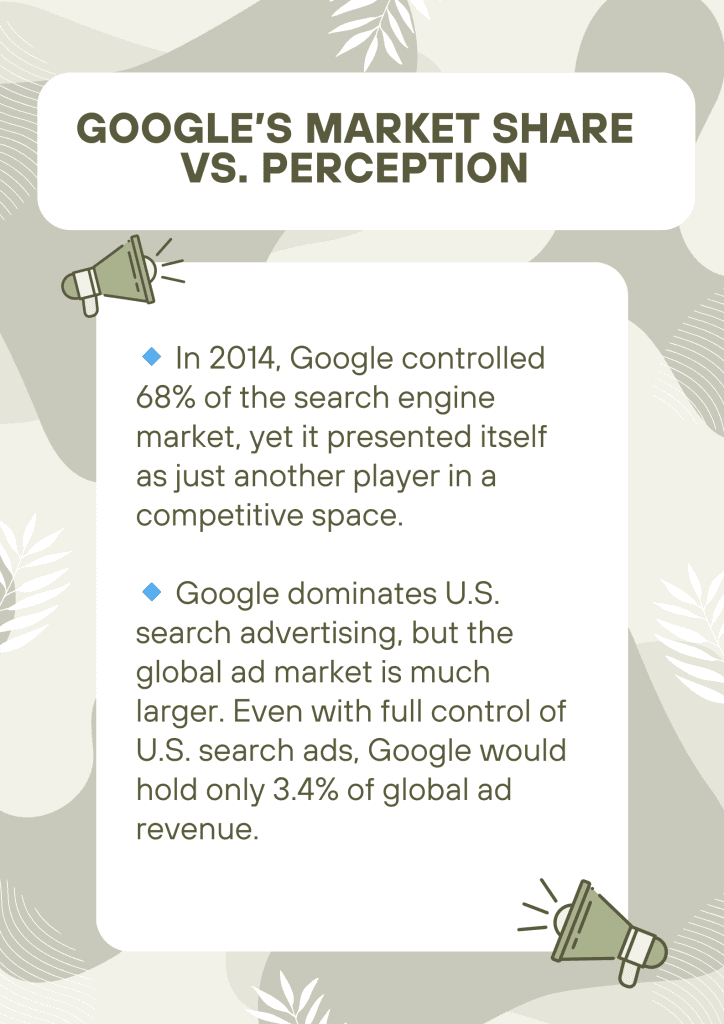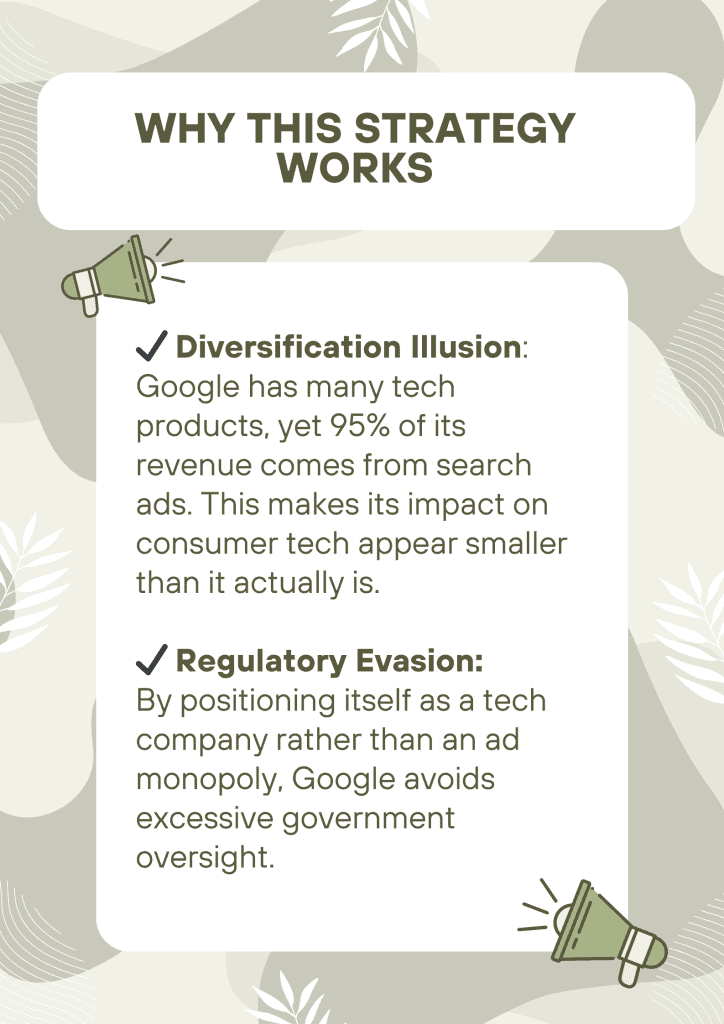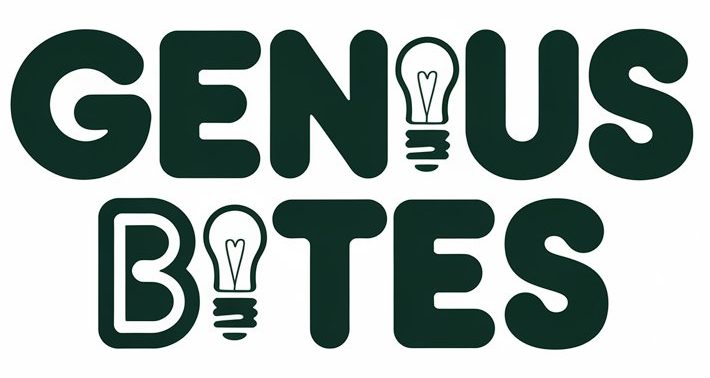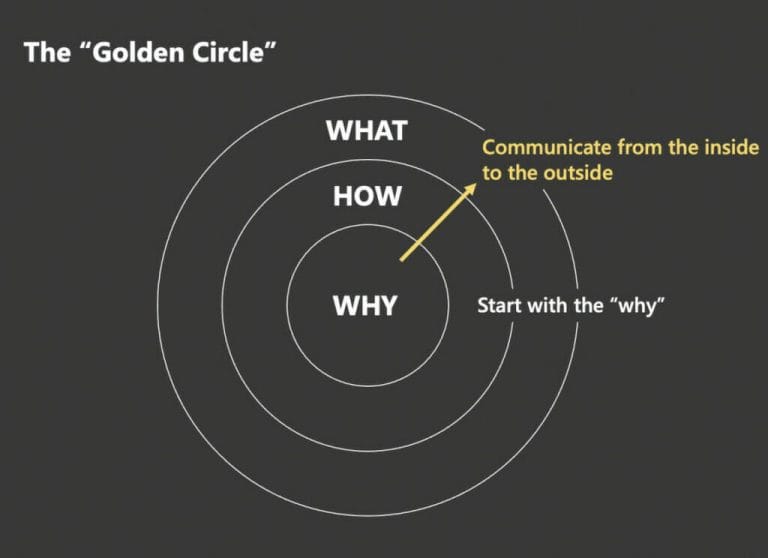This book Zero to one is authored by Peter Thiel, the visionary co-founder of PayPal and Palantir and an early investor in groundbreaking companies like Facebook, SpaceX, and hundreds of startups.
This blog provides a quick 5-minute summary of the book’s main concepts. While it doesn’t cover the entire book, it captures its core ideas to give you a solid understanding.
📚 Recommendation: For deeper insights and detailed perspectives, we highly encourage you to read the book. It’s a game-changer for anyone looking to innovate and build the future!
Every great business happens only once. The next Bill Gates won’t create another operating system. The next Larry Page or Sergey Brin won’t build another search engine. If you’re copying them, you’re not innovating—you’re just following.
Going from 0 to 1
🔹 Incremental progress takes the world from 1 to N—repeating what already exists.
🔹 True innovation takes us from 0 to 1—creating something entirely new.
The act of creation is unique, and every breakthrough moment is singular. When you build something fresh and original, you create real value and change the future. 🚀
A Hard Question: What Important Truth Do Very Few People Agree With You On?
At first glance, this question seems simple, but it’s incredibly difficult to answer.
Why? Because the knowledge we are taught in school is, by definition, something that society already agrees upon. Thinking beyond conventional wisdom requires independent thought—challenging widely accepted beliefs and seeing opportunities where others don’t.
Keep this question in mind—we’ll return to it later.
Horizontal vs. Vertical Progress
The future can unfold in two distinct ways:
1️⃣ Horizontal Progress (1 to N)
2️⃣ Vertical Progress (0 to 1)

1. What is Horizontal Progress?
Horizontal progress involves copying and scaling what already works. Think of it as taking a successful formula and applying it widely.
🔹Focuses on replication of proven solutions
🔹Drives globalization at a macro level
🔹Example: China is a prime example of globalization—replicating successful models and scaling them across the country.
2. What is Vertical Progress (0 to 1)?
Vertical progress means creating something entirely new – true innovation that pushes boundaries.
🔹Creating something entirely new—a leap forward.
🔹This is driven by technology, which is any new and better way of doing things.
🔹Example: Revolutionary inventions like electricity, the internet, and AI are all examples of vertical progress.
Startup Thinking: Why Innovation Thrives in Startups

New technology almost always comes from startups, not large corporations or solo efforts. Here’s why:
1️⃣ Big organizations struggle with innovation – Bureaucracy slows decision-making, and risk-averse cultures resist change.
2️⃣ Working alone is even harder – Without a team, scaling ideas becomes nearly impossible.
The Problem with Large Organizations
In dysfunctional companies, appearing busy is often more valuable than actual productivity. Employees prioritize career signaling over real innovation, leading to stagnation.
Why Startups Win
✅ Agility: Startups move fast, unburdened by rigid structures.
✅ Fresh Thinking: More than speed, startups have the mental space to challenge norms.
✅ Unified Vision: A startup is the largest group of people you can convince to build a different future.
The true strength of a startup isn’t just its size—it’s its ability to think differently and disrupt industries. 🚀
Competition vs. Monopoly: Why Market Position Matters

In business, creating value isn’t enough—you must capture some of that value to be successful. Let’s compare two industries to understand this better:
Airlines (Competitive Market) vs. Google (Monopoly)
✈️ Airlines (Highly Competitive)
- Serve millions of passengers, generating $160 billion in revenue (2012).
- Profit per passenger: Just 37 cents on an average $178 airfare.
- Why? Intense competition forces airlines to keep prices low, limiting profits.
🔍 Google (Monopoly Power)
- Generated $50 billion in revenue (2012) but kept 21% as profit.
- Why? Google dominates search and digital ads, facing little real competition.
The Problem with Competitive Markets
In a competitive market, companies sell homogeneous products with no real differentiation. If there’s money to be made, new players enter, driving profits down. Eventually, some businesses fail and exit, stabilizing prices again and in long run no company makes an economic profit.
Why Monopoly is Powerful
A monopoly stands alone, controlling pricing and profits without direct competition. While competition benefits consumers, it limits profitability for businesses. The key to long-term success isn’t just creating value—it’s owning a unique position in the market. 🚀
If you want to create & capture lasting value, don’t build an undifferentiated commodity business
How Monopolies Downplay Their Dominance: The Case of Google
Monopolists often downplay their market power to avoid regulatory scrutiny. Google is a prime example of this strategy.


Monopolies hide their dominance by shifting narratives. Framing itself as just another tech company allows Google to maintain control while avoiding regulatory scrutiny.
Understanding Competition and Market Dynamics: Key Lessons for Entrepreneurs
Building a sustainable business requires more than just claiming uniqueness—it demands a clear understanding of competition and market realities. Here’s what entrepreneurs should keep in mind:
1. The Mistake of Over-Narrow Market Definitions
Entrepreneurs often overestimate their uniqueness by defining their market too narrowly.
🔸 Example: A British food restaurant in Palo Alto might claim to “own the market,” ignoring the fact that its true competition includes all restaurants in the area, not just British cuisine.
2. Defining Real Success
True success isn’t about trivial differentiation; it’s about solving real problems or meeting genuine demand.
🔹 Example: A South Indian restaurant can succeed only if there’s a significant market size and demand for its niche. It’s not enough to assume the product’s uniqueness will automatically lead to success.
3. PR vs. Reality: The Monopoly Playbook
Big companies, like Google, frame themselves as competitive underdogs to avoid regulatory scrutiny, even when they dominate their markets.
🔸 Google highlights broader competitors, like the global ad market, to downplay its monopoly in search advertising, crafting public narratives to maintain a competitive image.
Key Takeaway
- Avoid self-deception: Be honest about your competition and market scope.
- Solve real problems: Focus on meaningful differentiation, not superficial uniqueness.
- Learn from monopolies: Understand market dynamics and use them to your advantage, but don’t underestimate competition.
Success lies in balancing real market insights with strategic positioning. 🚀
The Brutal Reality of Competitive Markets and the Pursuit of Monopoly
Running a business in a highly competitive market often means living on the edge, constantly battling for survival and profits. Restaurants, in particular, offer a stark example of how intense competition can drive businesses—and individuals—to their limits.
The Cost of Competition: A Ruthless Struggle
- Survival-Driven Practices:
- Competitive markets often force businesses to prioritize cost-cutting, such as paying minimum wages and squeezing every efficiency to stay afloat.
- The focus is on short-term gains, leaving little room for long-term strategy.
- Extreme Pressure in Ratings:
- Review systems like Michelin stars create cutthroat environments, pushing chefs and restaurateurs to their breaking points.
- A tragic example: In 2003, a French chef took his own life after his restaurant was downgraded by a rival dining guide, despite maintaining its Michelin star.
The Problem with Perfect Competition
In perfectly competitive markets, businesses are so consumed with maintaining today’s margins that they fail to plan for the future. The pressure to survive today often overshadows innovation and growth.
The Solution: Monopoly Profits
To rise above the daily struggle for survival, businesses must transcend competition and aim for monopoly-like profits. A monopoly allows a company to:
- Focus on long-term planning rather than daily survival.
- Invest in innovation and growth without the constant threat of being undercut.
- Achieve sustainable success, ensuring stability in an otherwise ruthless market.
While competition is often celebrated as beneficial, its realities can be harsh and unsustainable. To break free from the endless cycle of survival, businesses should focus on creating unique, differentiated value and aim for market dominance. Monopoly isn’t just about profits—it’s about the freedom to plan for a better future. 🚀



Zero to One Summary: Key Startup Insights in 5 Minutes